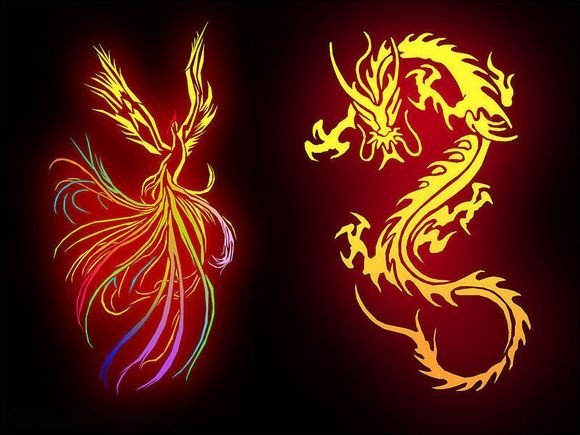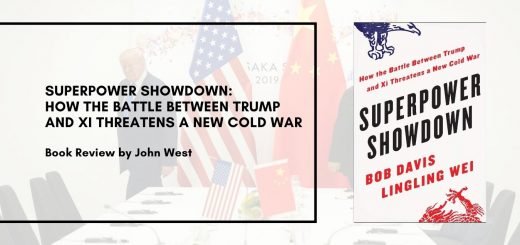[Book] The Rooster & The Dragon: China’s Game-Plan for Science & Technology Knowledge Innovation

David A. Scott, an American author predicted the Chinese advances in the areas of innovation, long back in 2012 through his book “The Rooster & The Dragon: China’s Game-Plan for Science & Technology Knowledge Innovation”
When there was less buzz about China in the media and among the global leaders, his book analyse the areas where PRC was readily dominating another part of the world and digs out China‘s subsequent Five-Year Plan (FYP) which aimed to strengthen the defence-related scientific, technical and industrial bases.
He thoroughly put forward the Chinese attempts to fill important capability gaps through espionage and theft of foreign technologies that are often crucial pieces in the United States’ high-tech industrial and military dominance. Which is now being highlighted even by President Trump through his speeches and tweets. In fact, he spoke the same at the United Nations General Assembly (UNGA). Chinese data theft and espionage are becoming major irritants in its terms with the United States and other western democracies. Huawei is the latest example in this episode.
As the title suggests “Rooster & Dragon”, the author unwrap the big picture by analysing the powerful symbolic meanings for China and the world around. As the Chinese culture considers that the Dragon is unpredictable and untouchable – people cannot see its head and tail at the same time. Therefore, he points toward a series of unexpected changes happening in 2012 which are completely invisible to the major analysts and pundits.
Similarly, he points toward the year 2005 when China came into the public‘s consciousness as a potentially serious high-tech competitor. 2005 astrologically in China was termed the year of the wood rooster. The rooster is the first creature to awake in the morning and wakes up the others with a crowing. Chinese advances in the year 2005 was tremendous. It includes:
- The surprise takeover by China’s leading high-tech firm, Lenovo, of IBM’s personal computer division along with manufacturing rights for its ThinkPad brand laptops
- An impressive initial public offering by the Chinese internet search company Baidu that brought in more than $85 million in international investment and reinvigorated the flow of venture capital to Chinese startups;
- The publication of serious books with titles such as “The Emerging Chinese Advanced Technology Super-State”
- The proposed takeover of British icon MGRover by Shanghai Automotive Industry Corporation (SAIC)
- The return by Chinese Taikonauts to space; demonstrating that China’s first space shot was no fluke
- And an attempted purchase of U.S. oil company Unocal; reminding Americans in particular of China’s need for greater energy resources to fuel its rapid economic and technological modernization
He writes about the transfer of technologies too in the defence-related industries, foreign joint ventures, Increased government funding for research, development and procurement, Legal and illegal acquisition of foreign military and dual-use technology, Increased partnerships with academic institutions, Improving student recruitment and technical training for existing staff.
He notices the Chinese reverse brain drain process in which Many of the new generations of scientists, engineers and managers are returning to China after receiving training and gaining experience abroad.
This book predicts Chinese geopolitical goals. A lot has been changed in the United States policy towards China, since 2012 and especially, after Trump’s election as the President of the United States. The author in a futuristic manner assesses the Chinese policies and the motives behind it.
The less-noticed fact of that time about the Russia-Israel-Iran techno-archipelago cooperation with China on technical, design or supply support for numerous weapons and space systems are very well highlighted.
This book covers almost areas of Chinese policy towards it expansionism and towards the United States, interestingly, it successfully predicts the ongoing confrontation between the United States and China.
The book evaluates China’s Science & Technology System and its impact on the research community and points toward the unanticipated progress China made in advancing its technological capabilities in select industry sectors such as information and communications technologies (ICT), biotechnology, naval shipbuilding and missile technology suggest that China‘s prospects deserve a careful reassessment.
This entire analysis carries a unique perspective on this topic, especially, if we compare this with the Hass, Mulvenon, and Puglisi’s later commercial release Chinese Industrial Espionage… The author highlights the knowledge engine and knowledge ecosystem aspect from which China was able to so rapidly exploit the purloined IP. No one even today mentions that.
Overall the book, when published was ahead of its time and till gives a brief idea of a third world country turning into a major superpower. One can relate a lot of today’s headlines related to China in-making and closely monitors every aspect of Chinese expansionism in most of the areas in this still-relevant book.
If you’re facing trouble in downloading then you can send us an e-mail asking for a soft copy of the book.


















